Most of what we call 'tea' isn't actually tea at all. True tea comes from just one plant species, Camellia sinensis, and for nearly five millennia, Chinese tea masters have been transforming its humble leaves into six distinct categories that define everything we know about tea today.
The Essence of Chinese Tea: History, Origins, and the Six Types

Tea is more than a beverage — it is a cultural treasure with thousands of years of history. In the broad sense, “tea” refers to any infusion created by steeping leaves, flowers, fruits, or grains.
Yet in its truest form, tea is something far more specific: the six great categories of Chinese tea — green tea, yellow tea, white tea, oolong tea, black tea, and dark tea (hei cha). To these we may also add refined reprocessed teas, such as the fragrant jasmine tea.
When we speak of “drinking tea,” it is usually these classic varieties that we mean.
Tea vs. Herbal Infusions

The key difference between true tea and herbal infusions lies in the plant itself. Authentic tea is made from the tender leaves of the Camellia sinensis, a perennial evergreen of the camellia family. If the leaves do not belong to this plant, then the beverage is not, by definition, tea.
Tea plants exist in tree-like, semi-tree, and shrub forms, and they flourish in warm, humid climates. This is why the southern regions of China, often called “the land of noble trees,” have always been the heartland of tea cultivation. Today, nearly all of the tea we drink comes from carefully cultivated gardens.
A Journey Through Time and Borders

The history of Chinese tea traces back to the legendary mythological figure, Emperor Shennong, flourishing during the Tang and Song dynasties. From chewing fresh leaves to the refined rituals we know today, tea has been part of daily life for thousands of years.
Over time, tea spread far beyond China. Through trade and cultural exchange, it reached Japan, Korea, and Russia, before traveling further to India, Sri Lanka, Europe, the Americas, Persia, and beyond.
The Six Types of Chinese Tea

The elegant classification of the six major tea types was established mainly during the Ming and Qing dynasties, when tea-making techniques became highly developed. This system remains the foundation of tea appreciation today:
-
Green Tea – fresh, delicate, and vibrant
-
Yellow Tea – rare, mellow, and smooth
-
White Tea – subtle, sweet, and elegant
-
Oolong Tea – complex, floral, and refined
-
Black Tea – rich, bold, and aromatic
-
Dark Tea (Hei Cha) – aged, earthy, and profound
Ready to dive deeper? We'll explore each of the six types of Chinese tea in detail in upcoming posts—stay tuned!
Tea in a Modern World

While the heritage of tea is deeply rooted in tradition, tea itself has always evolved. From craftsmanship to cultivation, even the very form of tea plants has changed over time. For this reason, enjoying tea today is less about adhering strictly to “ancient methods” and more about embracing tea as a living, dynamic tradition.
A Toast to Tea
Every cup of tea offers more than flavour—it brings with it heritage, refinement, and a quiet sense of luxury. Ready to begin your own tea journey? Discover our collection of premium Chinese teas and experience the authentic flavours that have captivated tea lovers for millennia.


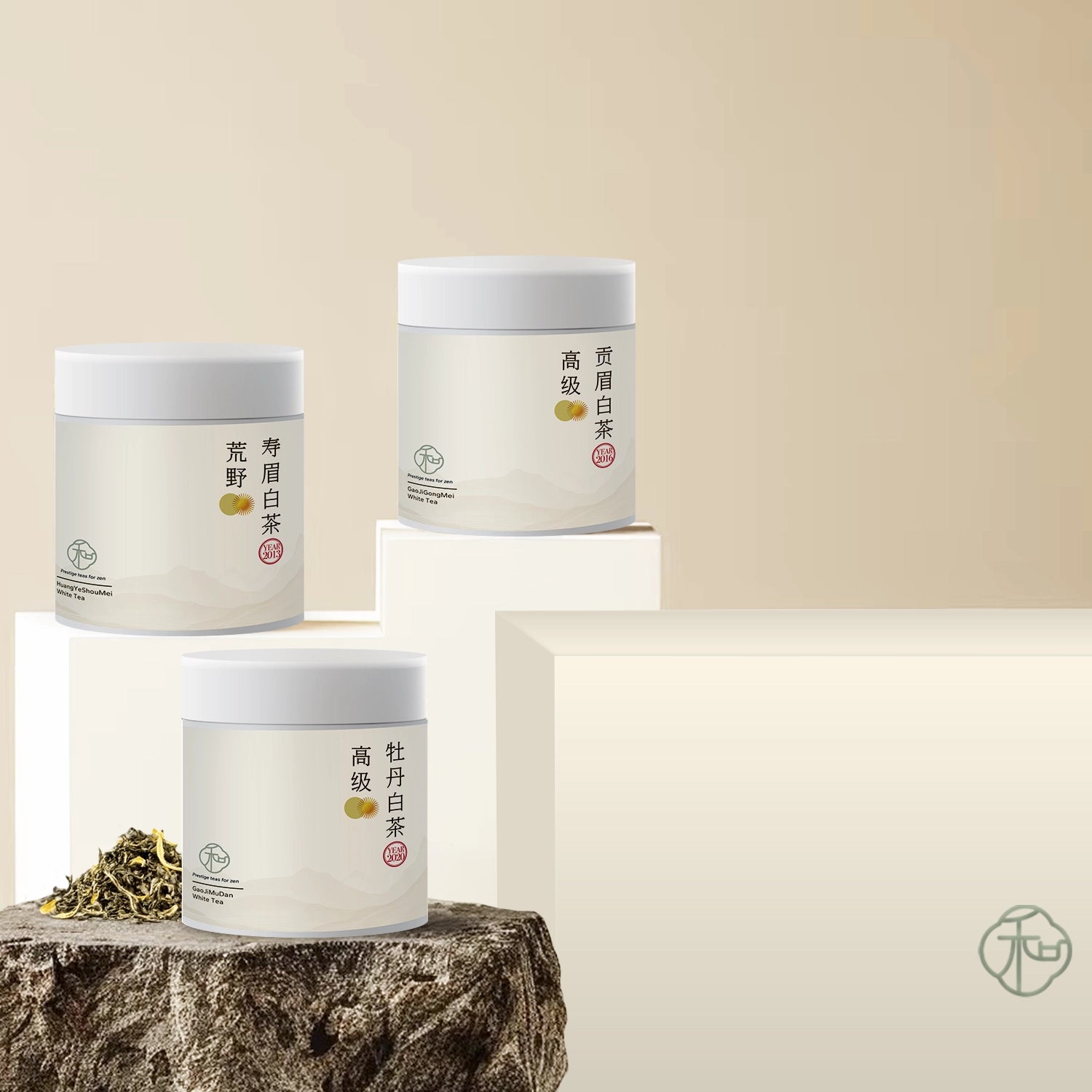
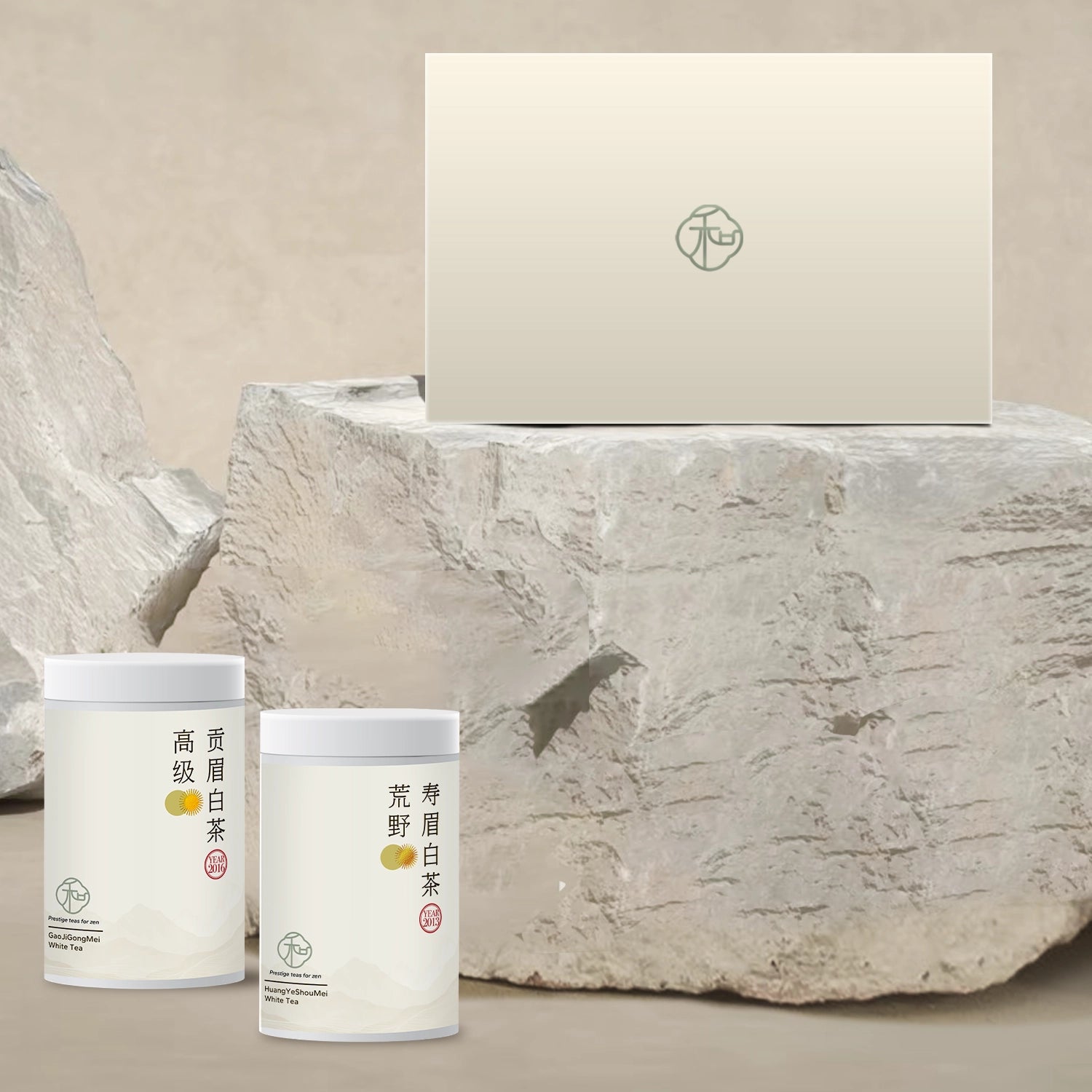
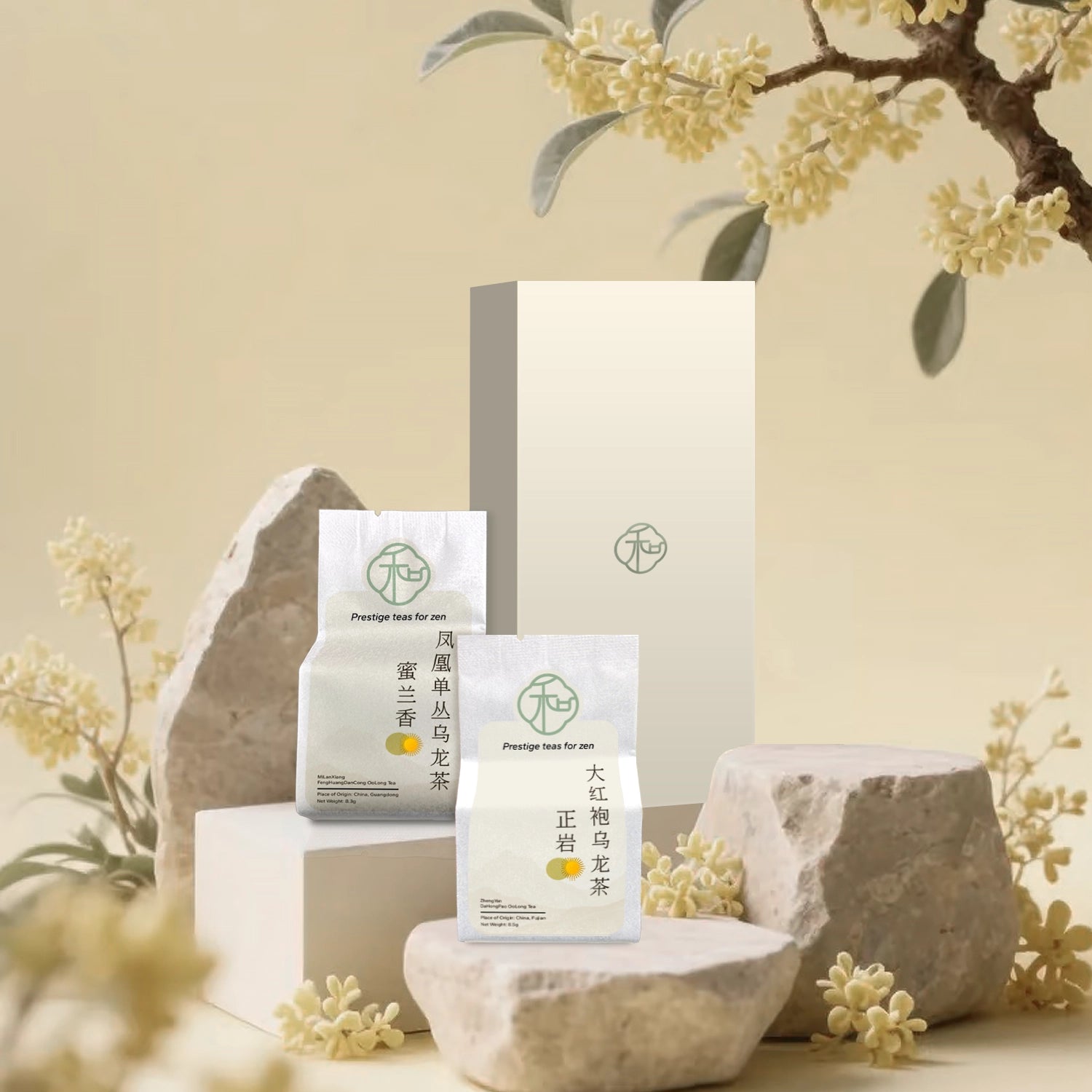






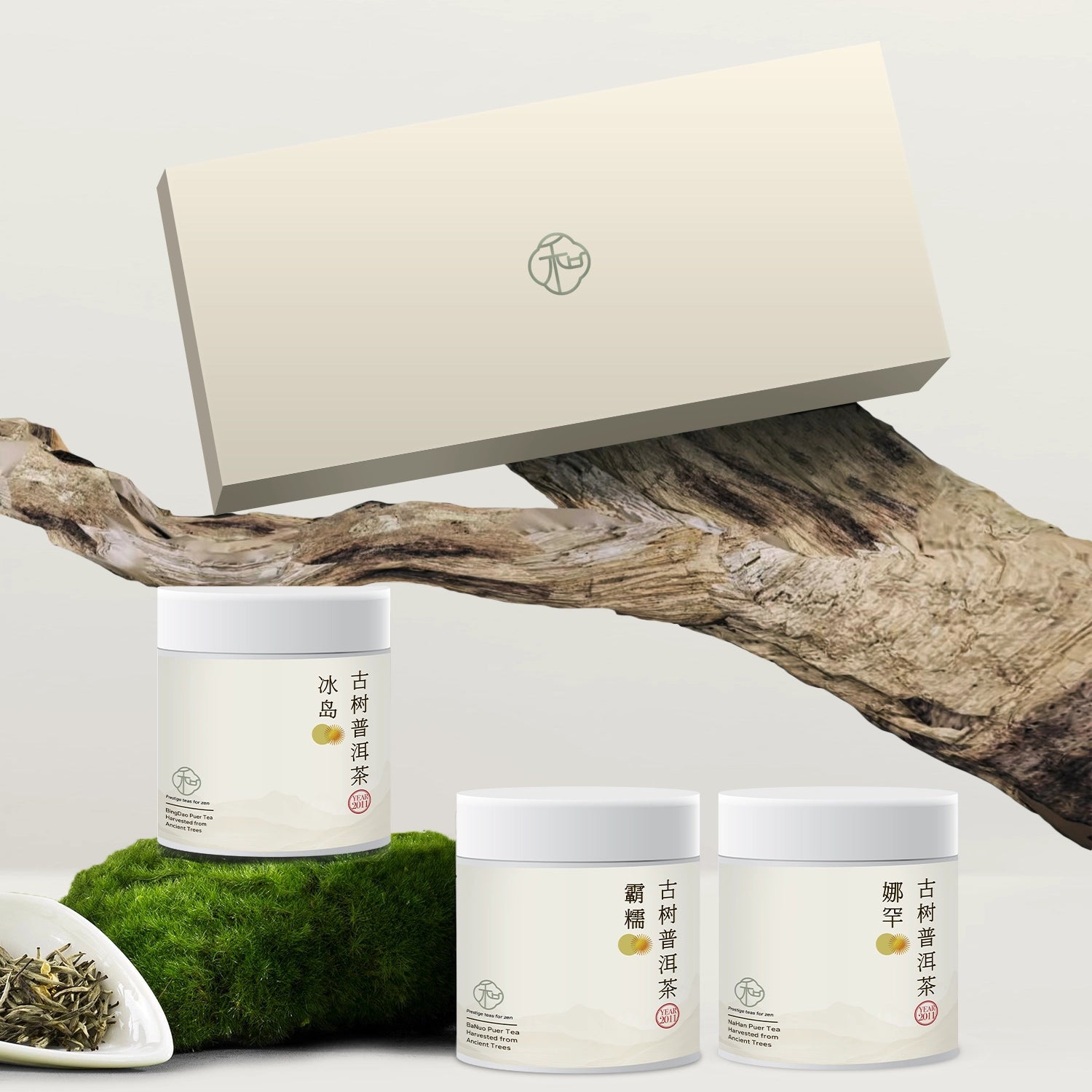
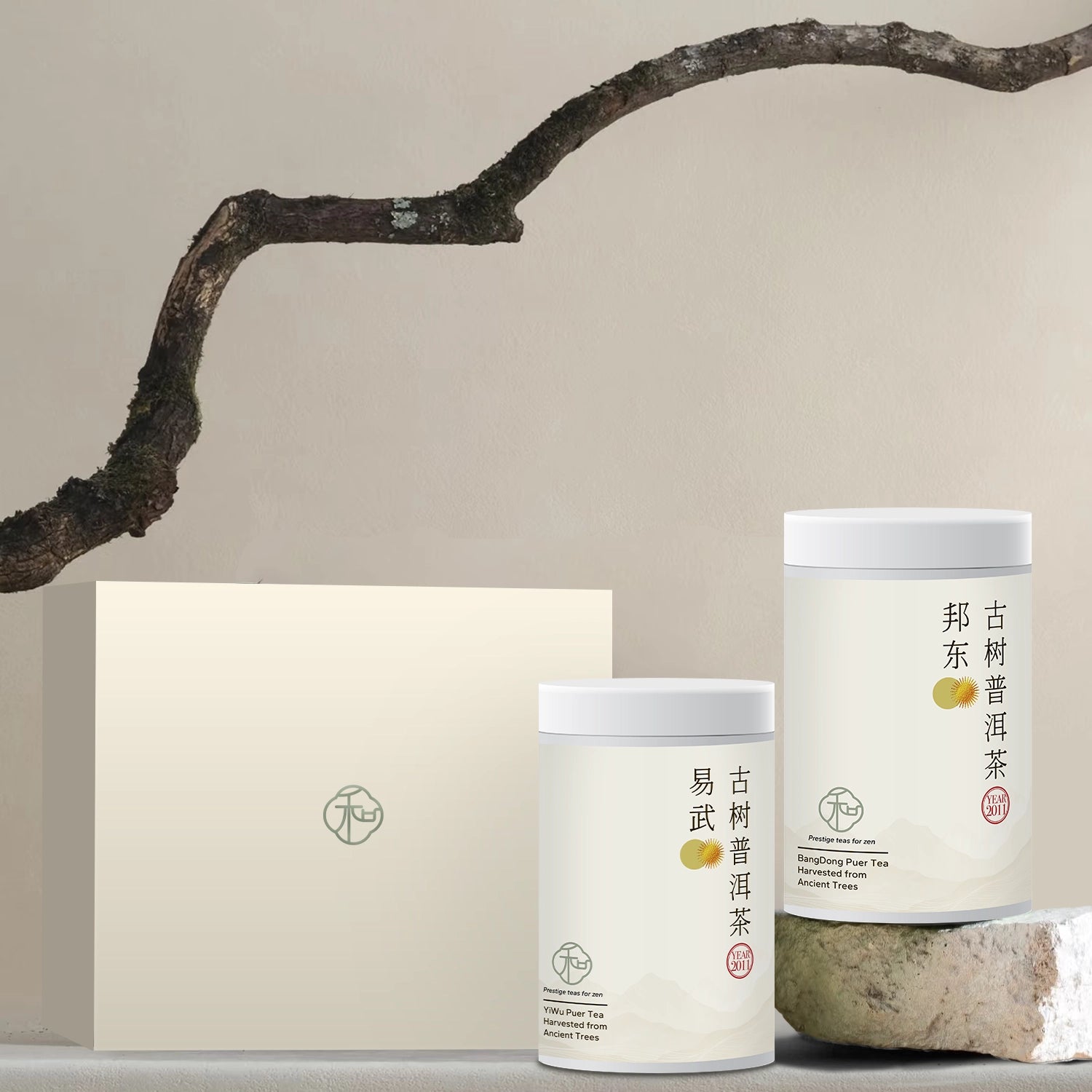
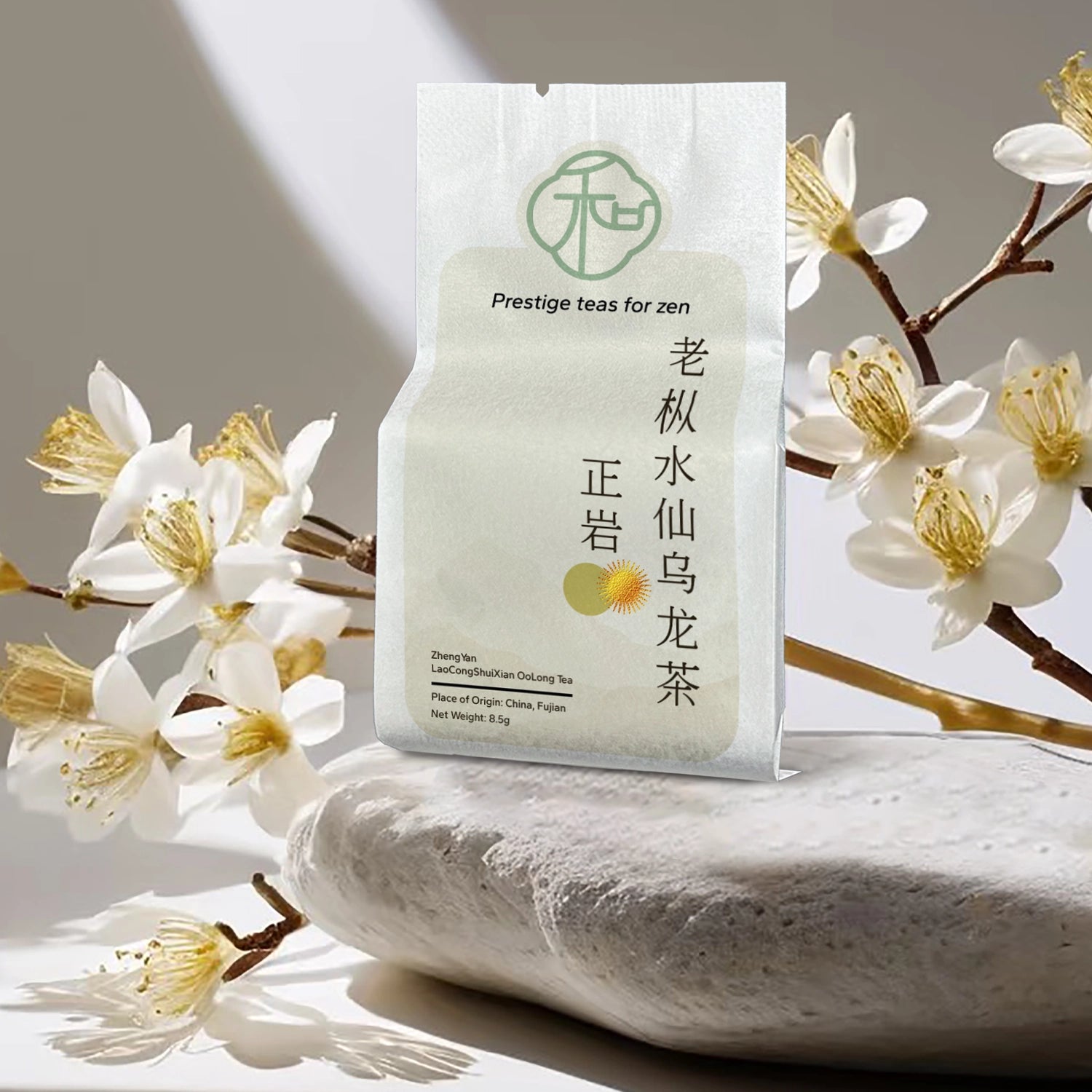
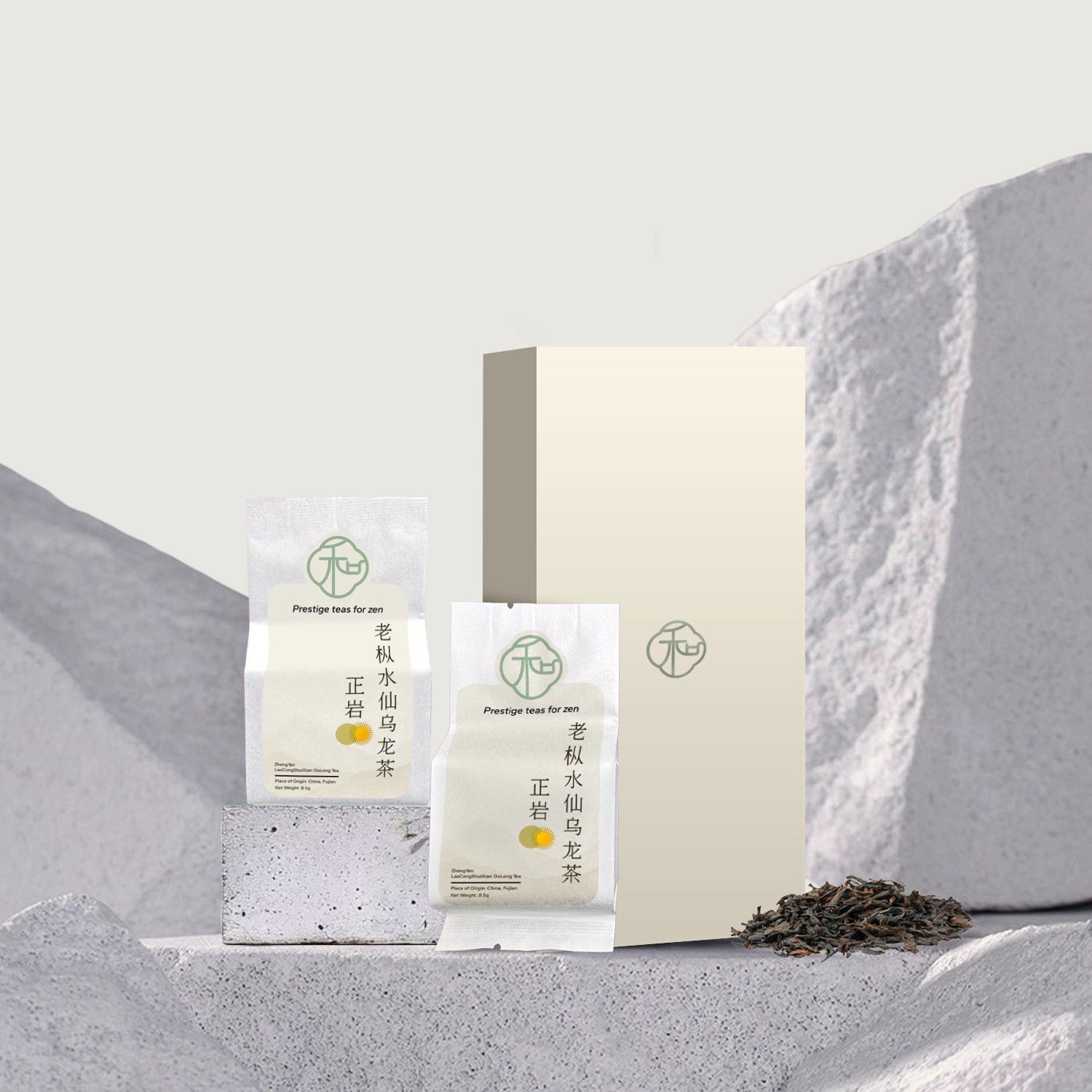
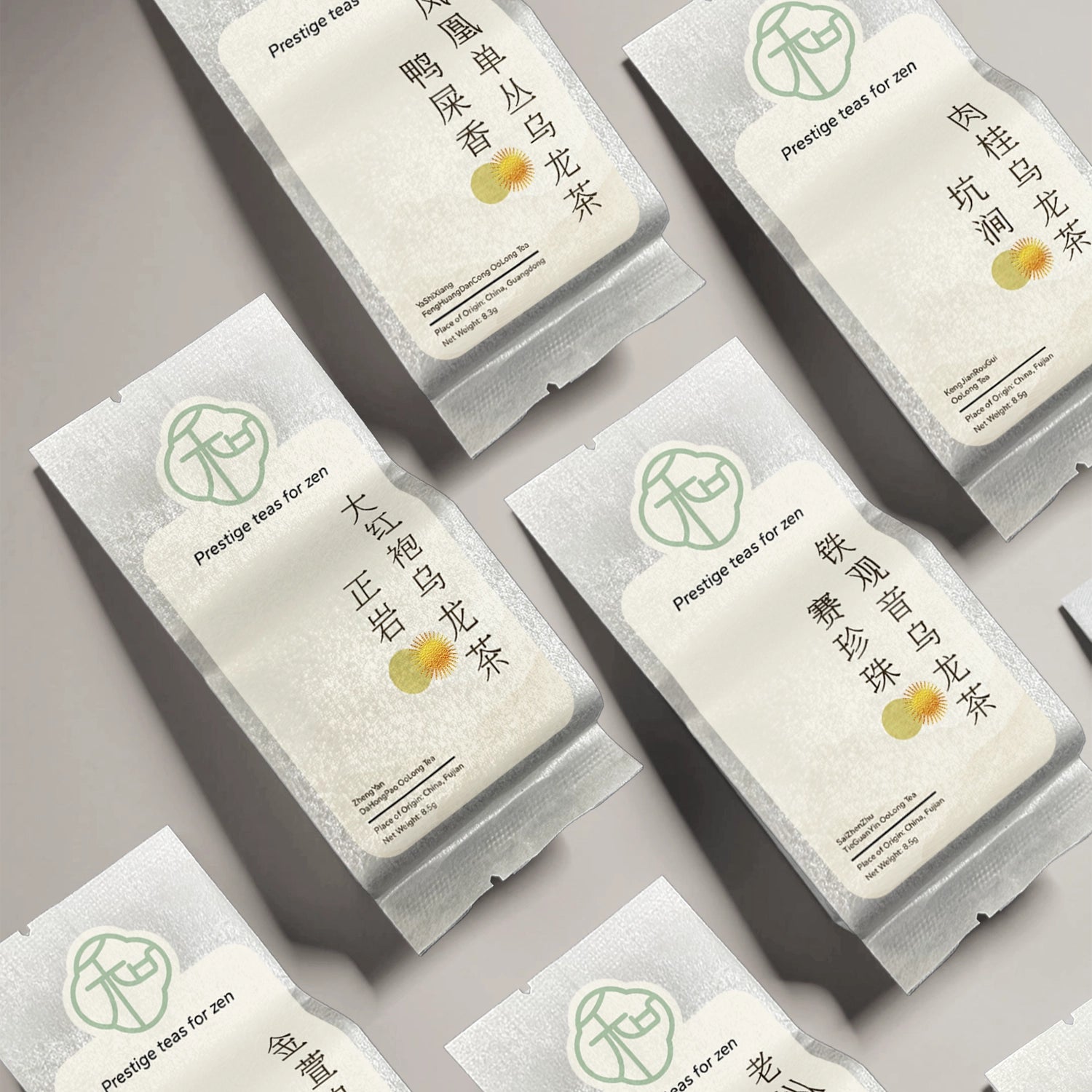
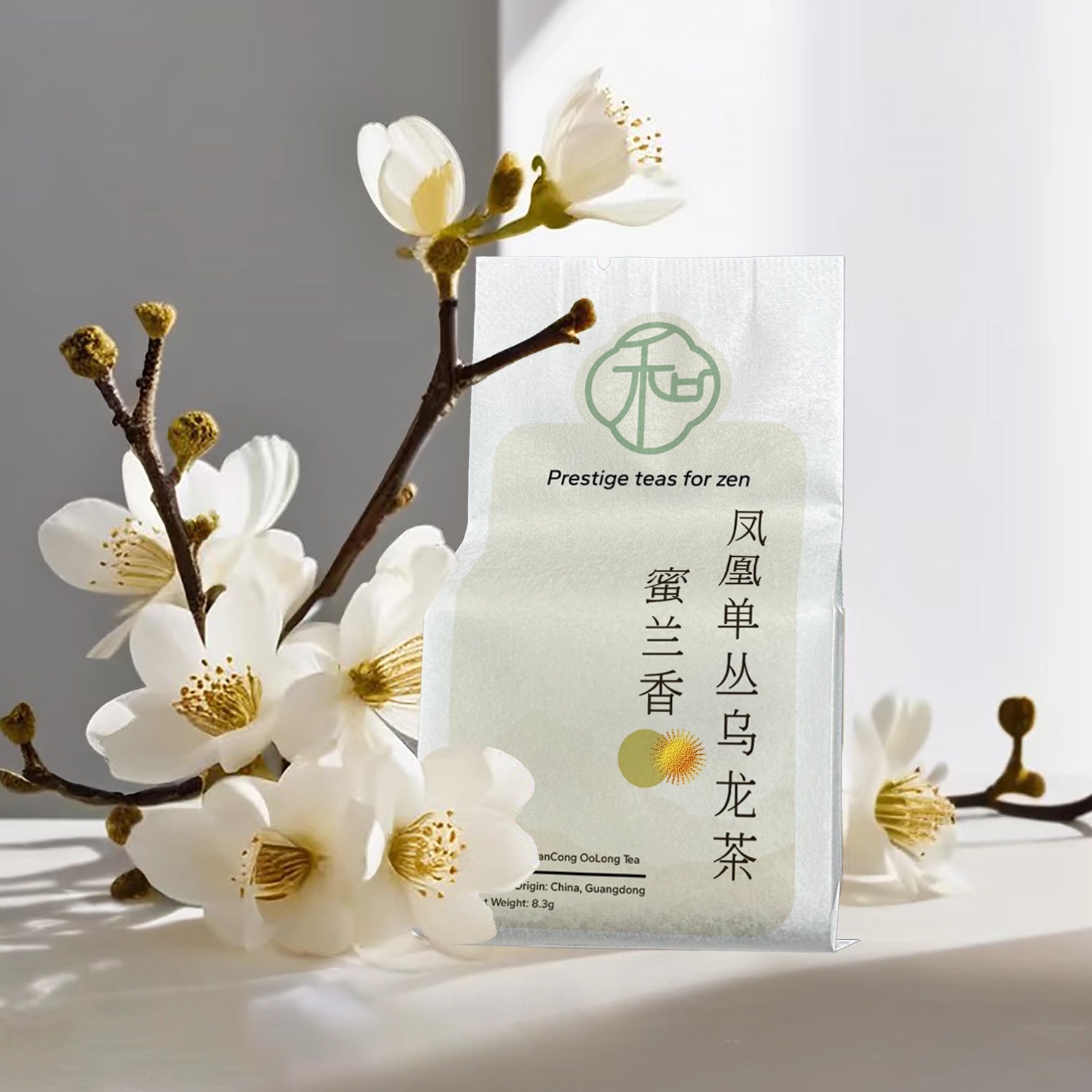
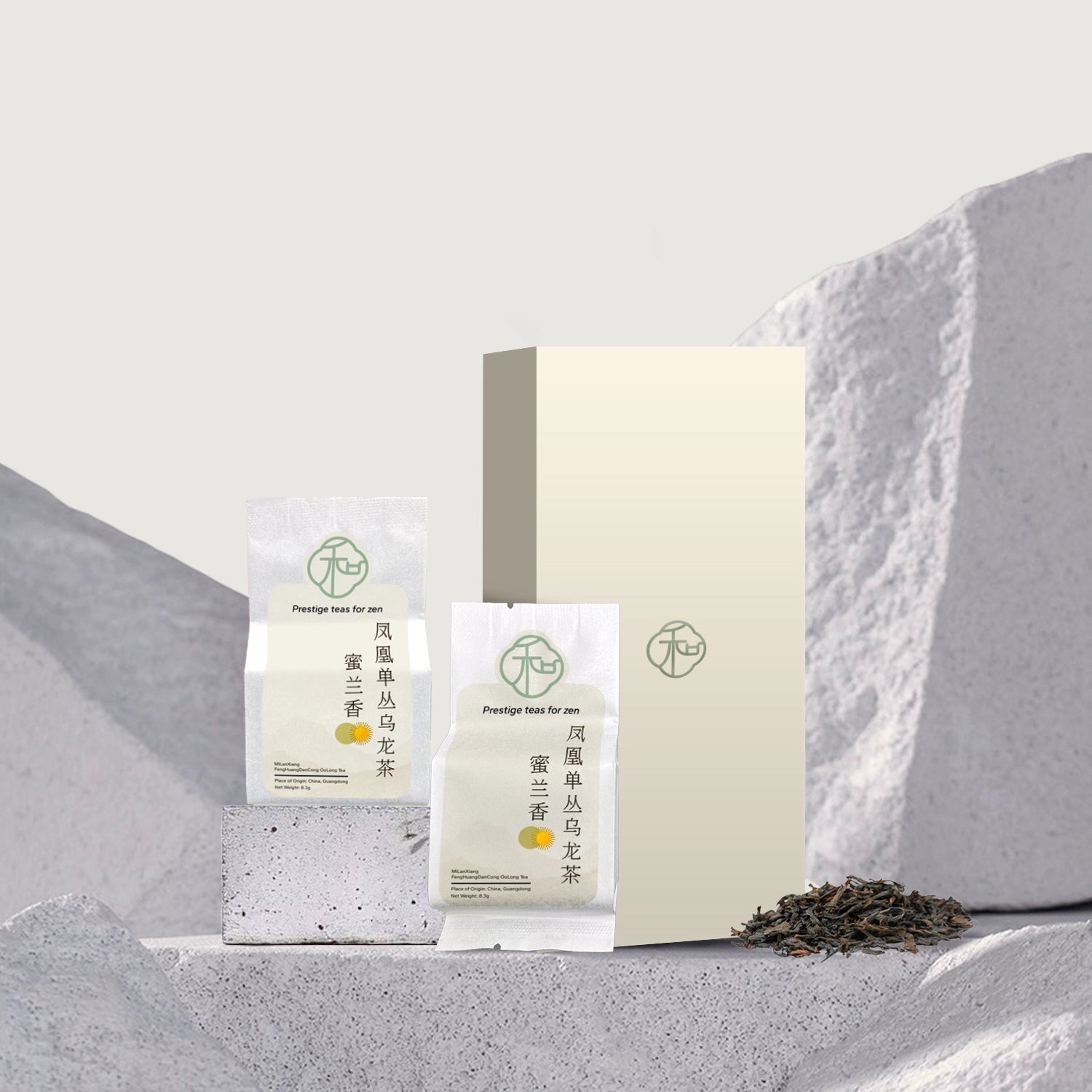
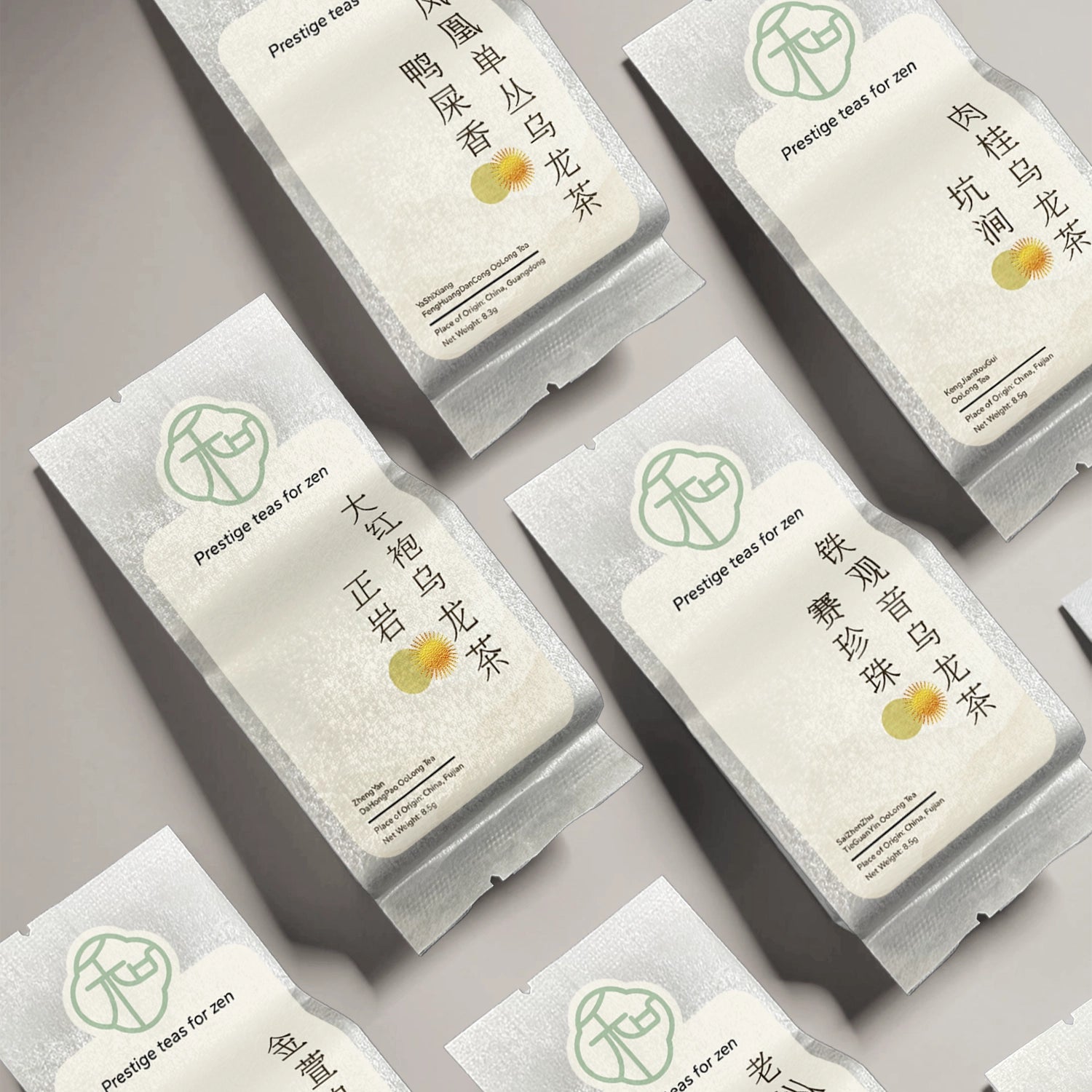
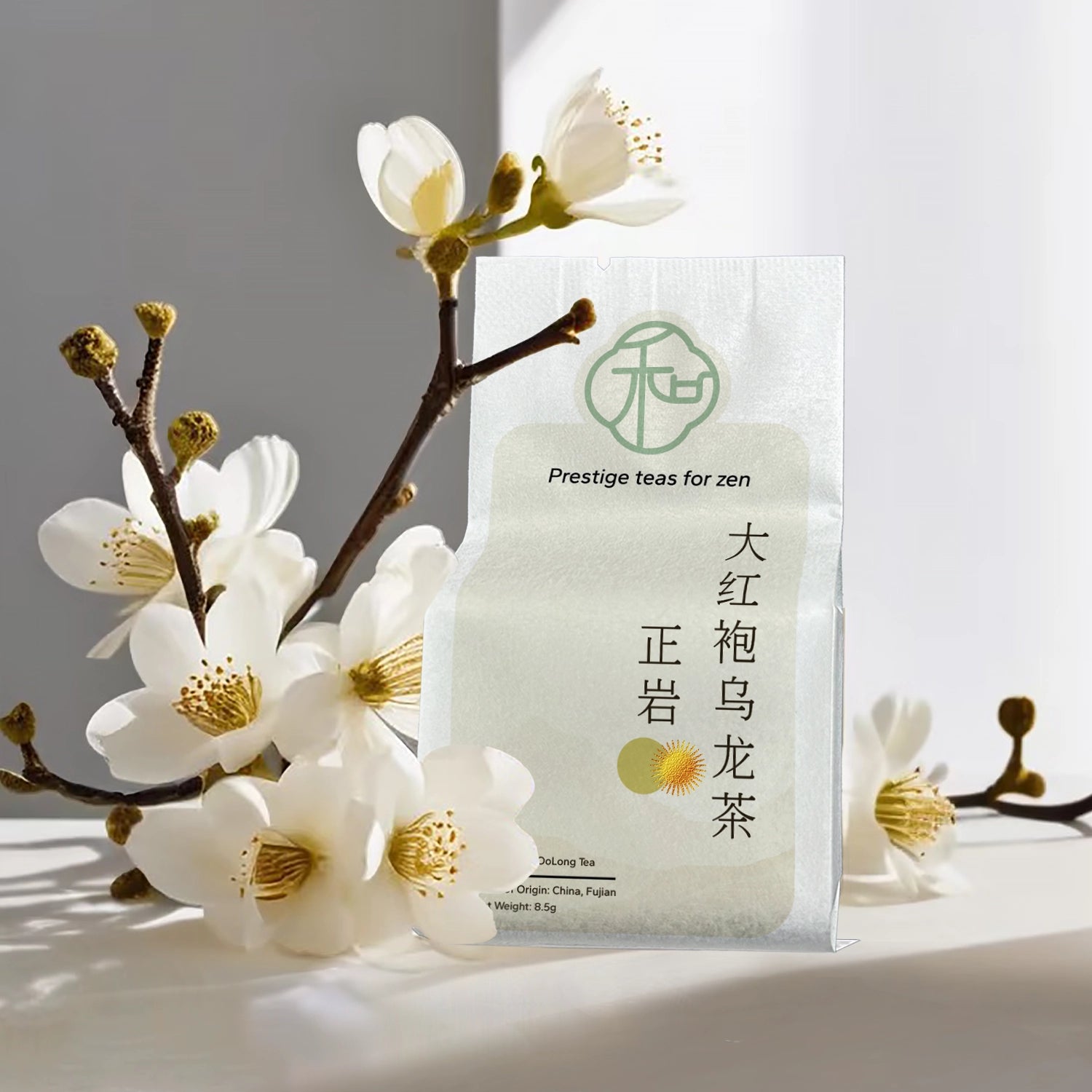
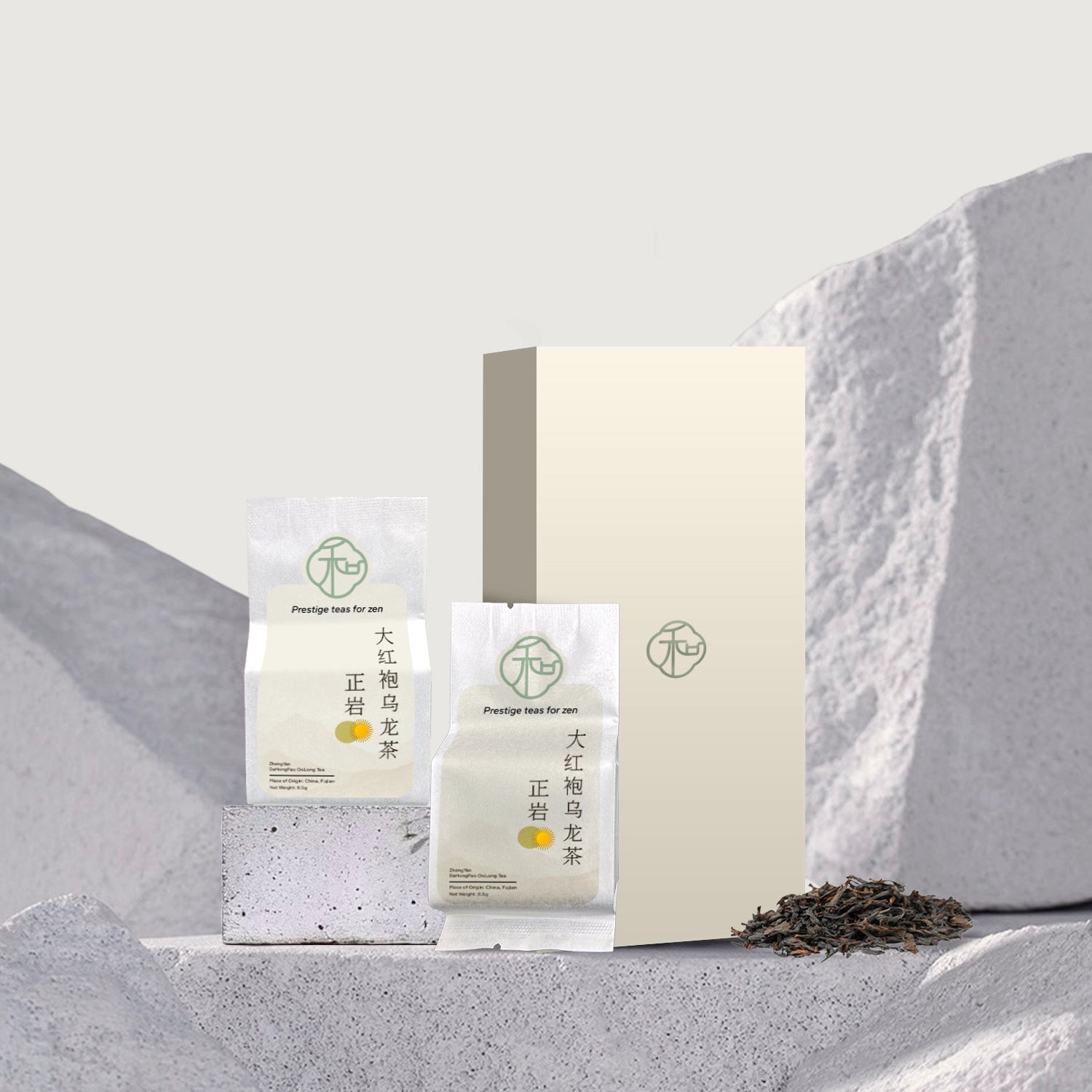
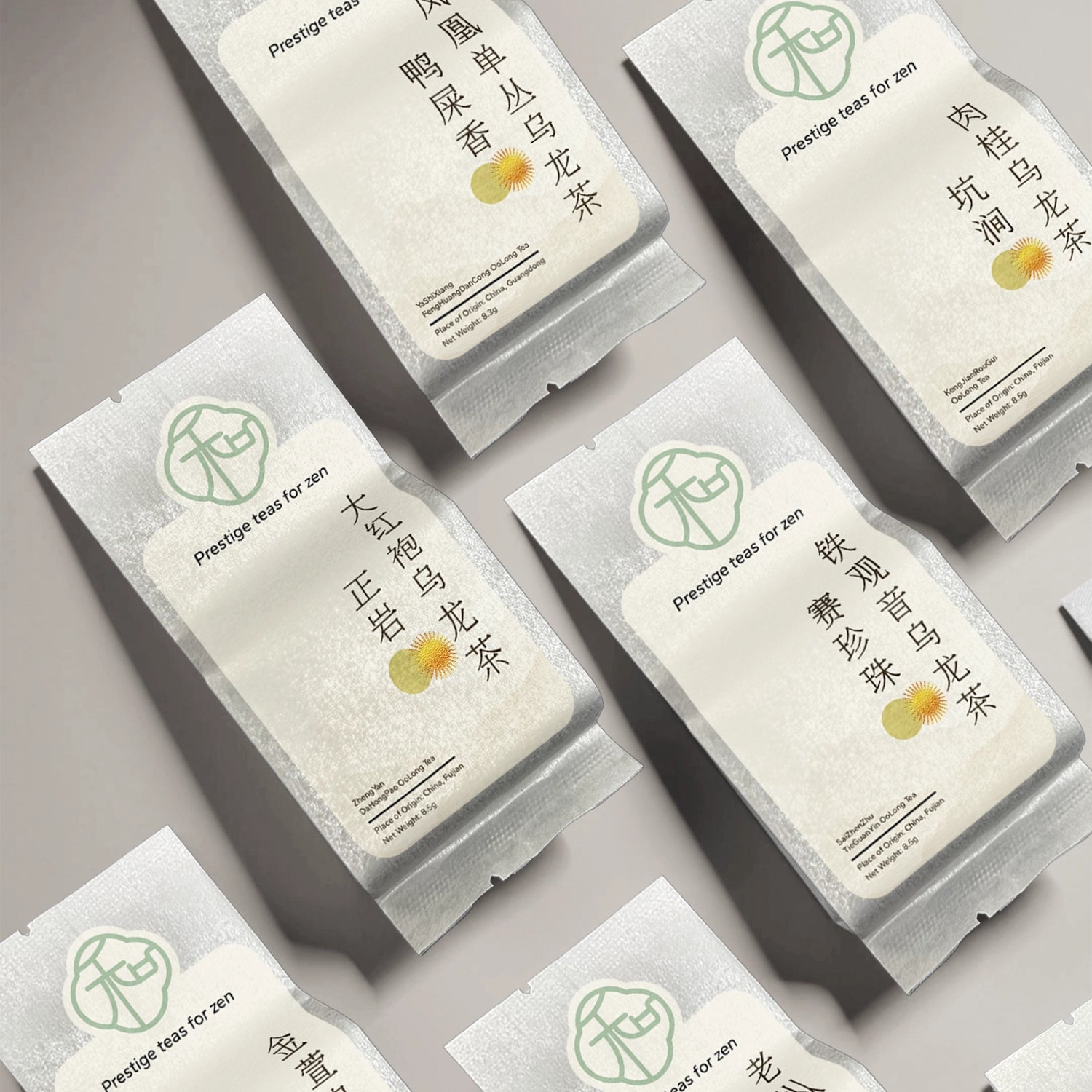
0 comments